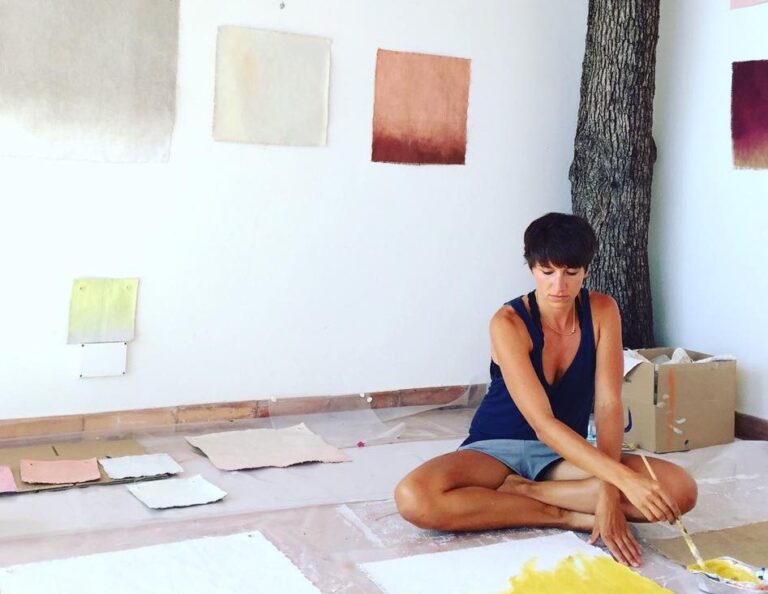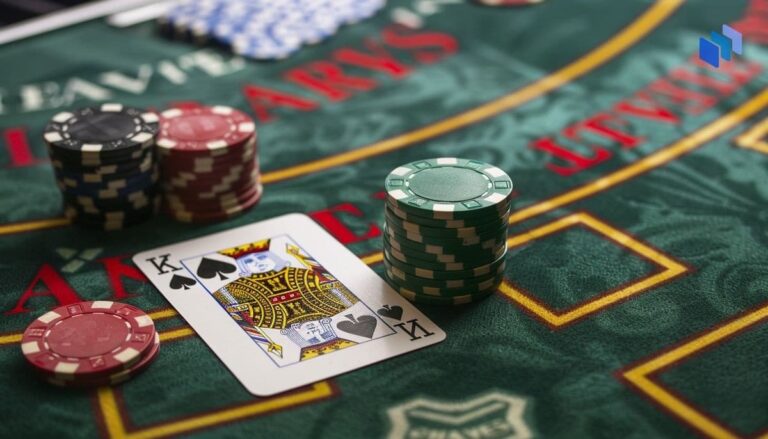New Zealand’s art scene is a vibrant tapestry woven from the threads of history, culture, and innovation. As you explore the artistic landscape of this stunning country, you’ll discover how various art movements and influential New Zealand artists have shaped its identity.
The significance of art in New Zealand transcends mere aesthetic appeal; it plays a vital role in reflecting the complex narratives of its people, from the indigenous Māori heritage to the dynamic contemporary expressions found in urban galleries.
In this guide, you’ll delve into the profound impact art has on New Zealand’s cultural identity and how it contributes to the broader societal context. You will also encounter valued collections, such as the Hocken Collections, showcasing over 18,000 artworks, including masterpieces by celebrated figures like Colin McCahon and Rita Angus.
Join us on this captivating journey through the art movements that blaze trails in New Zealand’s creative expression and discover the stories behind the artists who bring these movements to life.
Key Takeaways
- New Zealand’s art scene is a mix of historical and contemporary influences.
- Māori art plays a crucial role in defining New Zealand’s cultural landscape.
- Influential artists such as Colin McCahon and Rita Angus have made significant contributions.
- Various art movements reflect the evolving identity and values of the society.
- Collections like the Hocken Collections offer a glimpse into New Zealand’s rich artistic heritage.
- Urban galleries showcase contemporary works that resonate with current social issues.
Introduction to the Art Scene in New Zealand
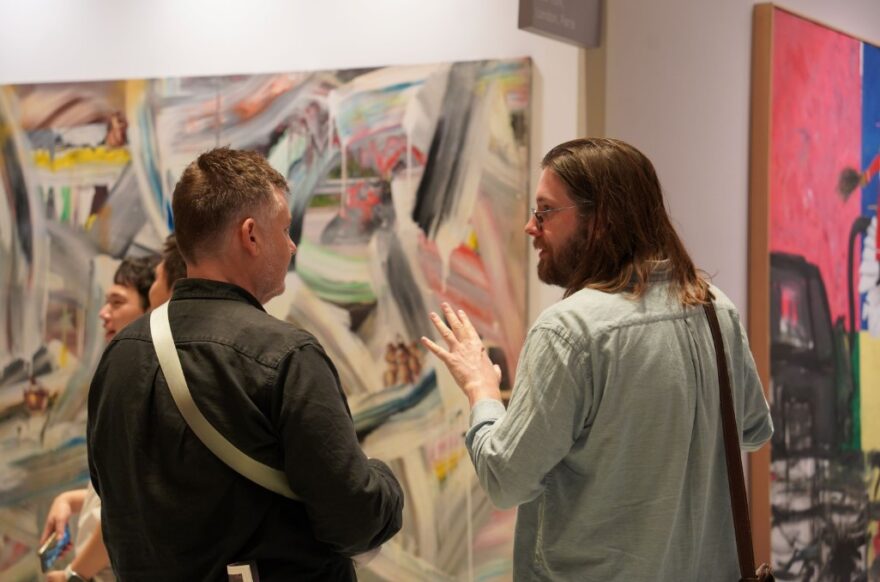
The art scene in New Zealand serves as a vibrant reflection of the nation’s evolving cultural identity. The significance of art in New Zealand is evident in its ability to foster community connections and encourage storytelling, especially within Māori and wider contexts.
Understanding key art movements can help you appreciate the unique contributions of various artists throughout the years.
The Significance of Art in New Zealand’s Culture
Art holds a profound place in the cultural identity of New Zealand. It acts not only as a means of expression but also as a bridge linking the past and present. The revival of Māori art has been a significant development since the mid-20th century, showcasing traditional crafts such as carving and weaving. This Māori art revival has led to a stronger sense of identity among Māori communities while influencing the broader artistic landscape.
Overview of Influential Art Movements
New Zealand’s artistic journey encompasses several key art movements, each portraying distinct characteristics. Early influences of modernism in the 20th century saw a convergence of Māori and European styles, paving the way for contemporary indigenous art movements that thrive today. Notable movements include:
- Modernism
- Abstract expressionism
- Māori art revival
- Contemporary indigenous art
Each movement contributes layers to the significance of art in New Zealand, enhancing the appreciation and recognition of diverse perspectives from both Māori and non-Māori artists. The Hocken Collections provide a treasure trove of artworks that document these pivotal moments, allowing exploration of the ever-evolving narrative of New Zealand’s art scene.
Key Influential Artists in New Zealand
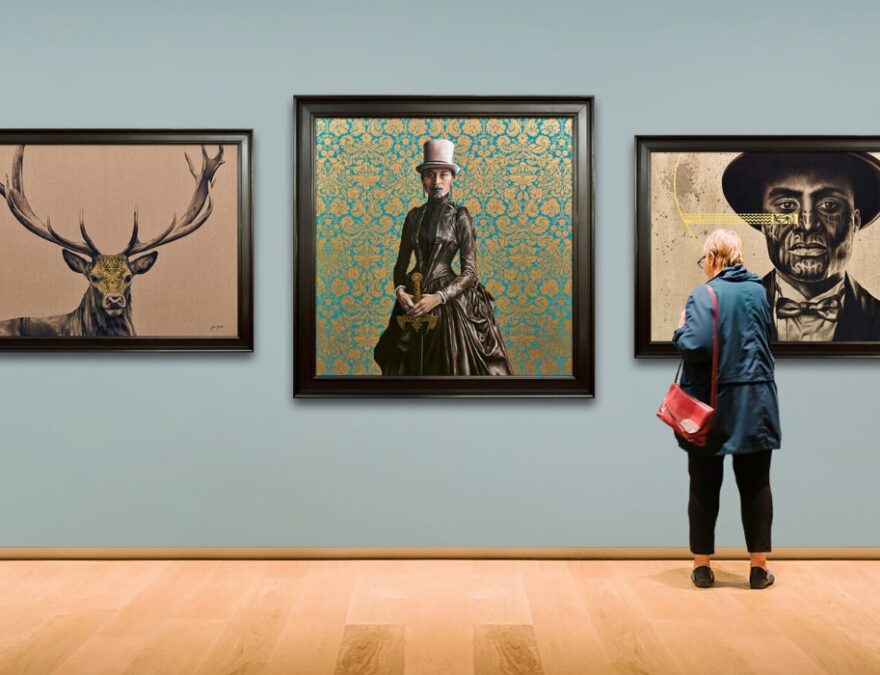
Understanding the trajectory of New Zealand’s art scene requires an appreciation for both historical and contemporary contributors. Historical New Zealand artists laid foundational narratives, enriching the cultural fabric of the nation. These early artists navigated the complexities of colonial influences while portraying the unique landscapes and social dynamics of their time.
Historical Artists ─ From Colonial Times to Modernity
Artists like William Fox and Charles Heaphy played pivotal roles in documenting the New Zealand landscape, producing visual accounts that resonated with both local and international audiences. Their works not only captured the beauty of the land but also highlighted the cultural exchanges occurring during colonial times.
Such historical New Zealand artists have significantly shaped perceptions of New Zealand’s identity and continue to inspire future generations.
Notable Contemporary New Zealand Artists
In the modern era, contemporary NZ artists such as Lisa Reihana and Ralph Hotere are making waves by integrating traditional Māori heritage with contemporary artistic practices. Their participation in art exhibitions New Zealand and abroad showcases the dynamic contributions of Māori artists to the global art dialogue.
Influential gallery spaces, including the Auckland Art Gallery and Te Papa, play a crucial role in nurturing emerging talent and presenting a diverse range of artistic expressions, highlighting how the past and present coexist in the vibrant landscape of New Zealand art.
For those who wish to take a better look into the world of New Zealand art, https://newzealandartist.com/ provides a comprehensive look into various artists, movements, and galleries across the country. It serves as an excellent resource for anyone interested in exploring the rich artistic heritage and contemporary innovations that define New Zealand’s art scene.
FAQ
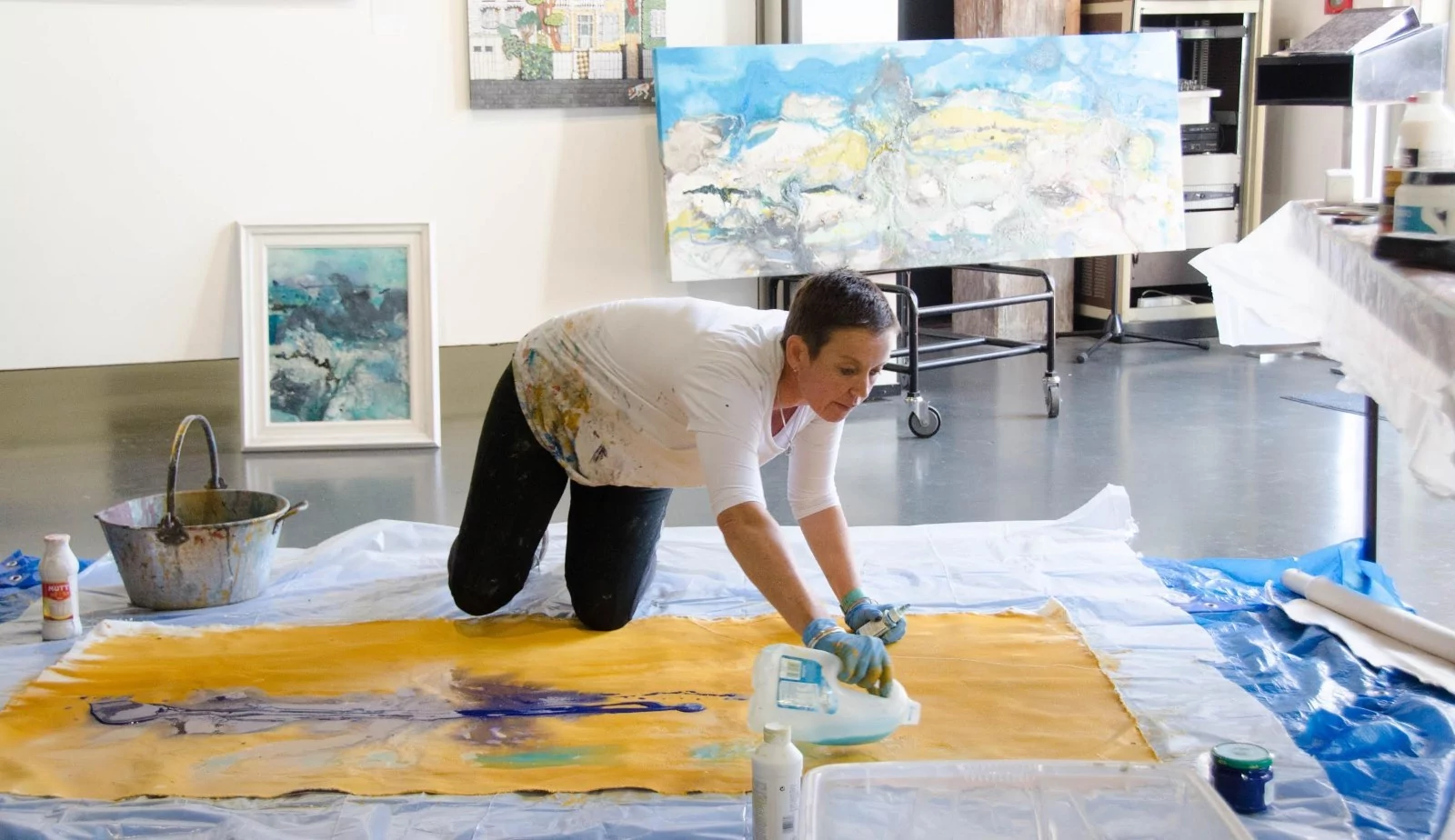
What is the significance of Māori art in New Zealand?
Māori art is crucial to New Zealand’s cultural identity, as it reflects the traditions and stories of the Māori people. Since the 1950s, there has been a resurgence of interest in traditional Māori forms, contributing to a renewed sense of identity within the community.
Which art galleries in New Zealand are recommended for viewing contemporary art?
Notable galleries include the Auckland Art Gallery, the Christchurch Art Gallery, and the Dunedin Public Art Gallery. These spaces showcase a range of contemporary works from both Māori and non-Māori artists, promoting diverse artistic practices.
Who are some of the most influential contemporary New Zealand artists?
Contemporary artists such as Lisa Reihana, Ralph Hotere, and Gretchen Albrecht are known for their innovative work that often bridges traditional Māori heritage with contemporary global dialogues.
How does New Zealand’s art scene reflect its cultural values?
The art scene in New Zealand serves as a powerful medium for storytelling and community engagement. It explores and reflects the nation’s values, addressing themes of identity, culture, and social issues through various artistic expressions.
What key art movements have influenced the contemporary art landscape in New Zealand?
Significant movements include modernism in the early 20th century and contemporary art movements that emphasize diverse expressions from both Māori and non-Māori artists. These movements have continually shaped the evolving creative landscape.
What resources are available for tracking art exhibitions in New Zealand?
Websites of prominent galleries, local art organizations, and community arts initiatives provide regular updates on art exhibitions across New Zealand. Social media platforms and art blogs are also helpful for discovering current and upcoming events.
How do the Hocken Collections contribute to understanding New Zealand’s art history?
The Hocken Collections house over 18,000 artworks that document key figures and movements in New Zealand’s artistic development, allowing for ongoing exploration of both historical and contemporary art practices.
Related Posts:
- 20 Best Gaming Headset Under 50$ 2024 - for PC, PS4,…
- History Unearthed Heritage Sites and Historical…
- Caribbean Artistry Unveiled Exploring the Vibrant…
- Top 10 Best Outdoor Basketball Shoes 2024 - Durable…
- 15 Best Shoes for Jumping Rope 2024 - Maintain a…
- 12 Best Car Wax For Black Cars 2024 - Protection and…

